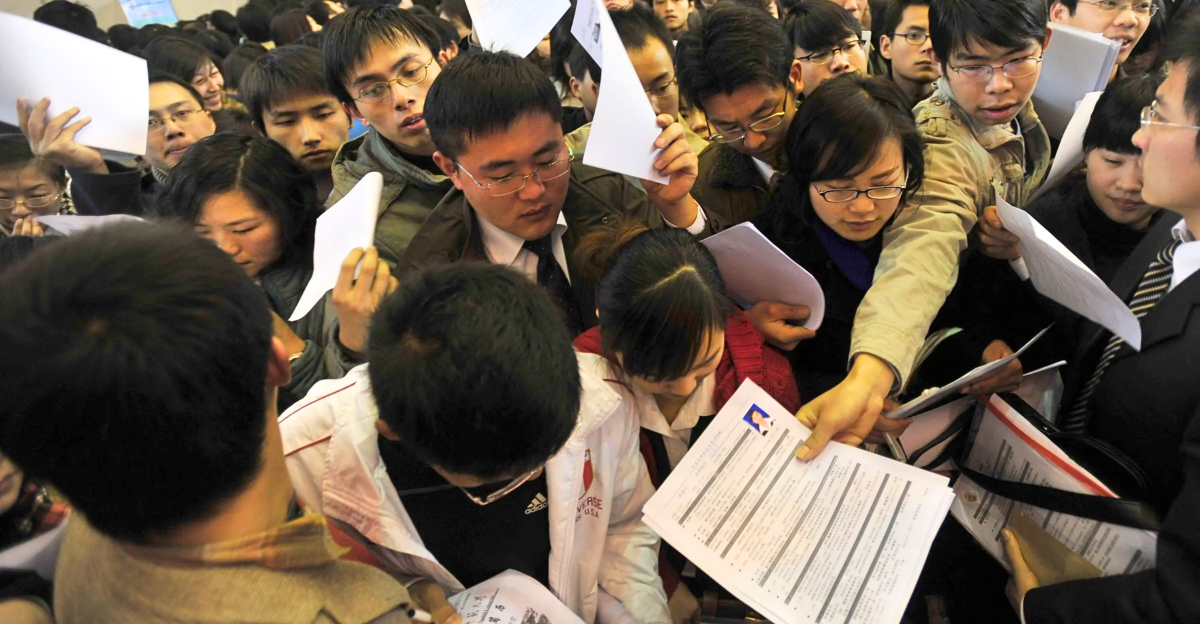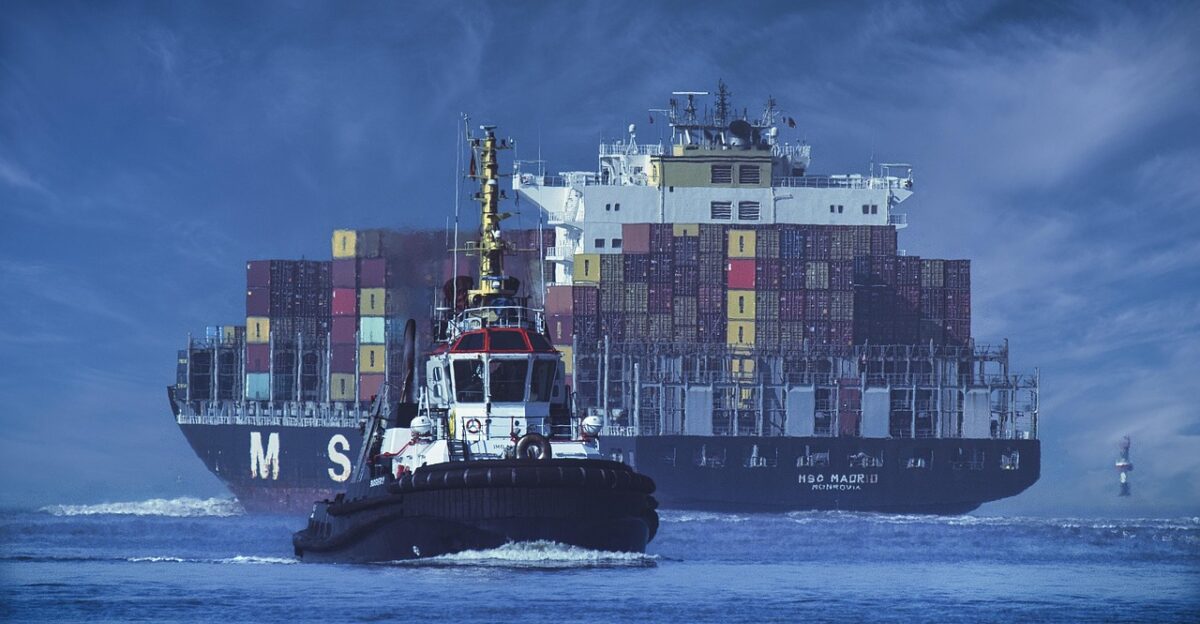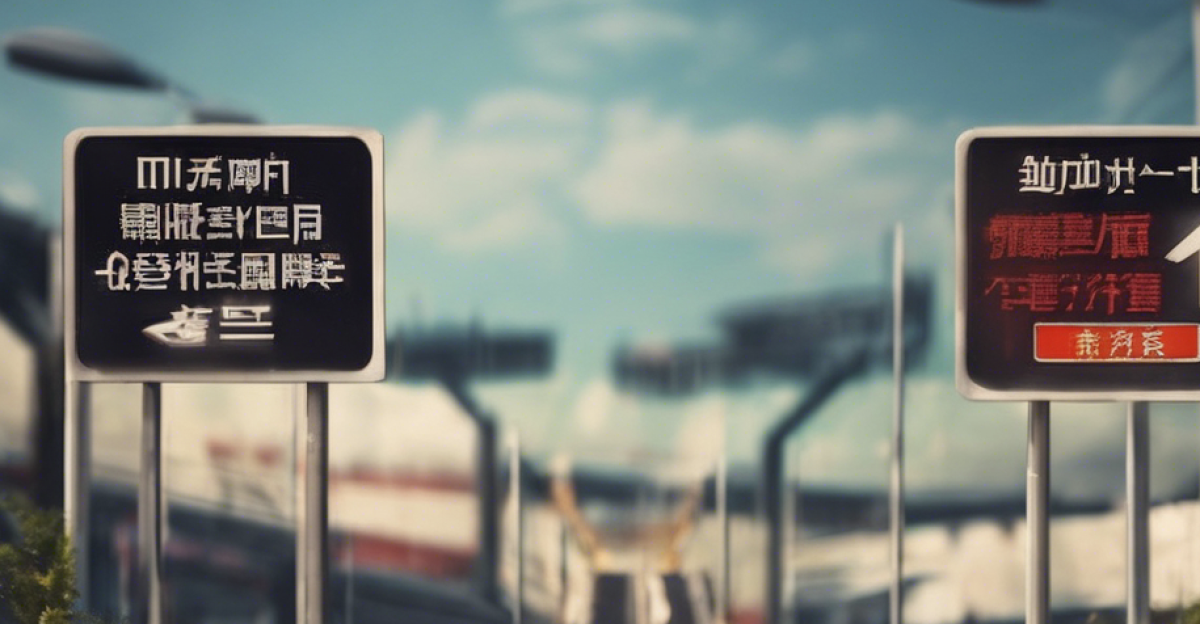
China’s rapid rise over the past forty years has been fueled by an export- and investment-driven growth model that has lifted 800 million people out of poverty and driven GDP averages of over 9% annually. However, unrelenting credit expansion drove this growth, resulting in an unprecedented debt pile of $160 trillion by 2022, or nearly 300% of GDP.
This model is now structurally unsustainable due to its heavy reliance on state-led financing and heavy industry overcapacity. Deep imbalances are concealed by it, including a dwindling private sector, bloated state enterprises, growing inequality, and fragile financial markets, a powder keg endangering not only China but also the stability of the world economy.
Boom to Burden

After market reforms in 1978 led to productivity gains and China’s integration into the global economy, the country’s growth exploded. Infrastructure and manufacturing exports were given priority under the state-directed model, which produced millions of jobs but at the expense of excessive investment, particularly in real estate and municipal government projects funded by unmanageable debt.
The implosion risk of today was created by the soaring corporate and local government debt, which made the impressive nominal GDP growth seem more and more like a mirage. These structural misallocations have modern echoes in the protracted real estate crisis and manufacturing overcapacity problems, which now pose a threat to completely halt growth.
Dependency on Debt and Financial Vulnerabilities

One of the main characteristics of China’s recent woes is its addiction to debt. From less than 200% of GDP in 2012 to nearly 300% in 2022, almost three times that of major advanced economies, total debt, including that of the government, corporations, and shadow banks, has skyrocketed. As demonstrated by China’s first-ever corporate bond default and growing bank losses, this debt-fueled growth conceals poor productive returns and an increase in defaults.
In addition to preventing effective capital allocation and sustaining “zombie” businesses and overcapacity, the state’s control over finance also fails to increase demand for private sector credit significantly. Global financial analysts warned in 2025 that China’s credit bubble could lead to a systemic crisis comparable to Japan’s lost decades if structural reforms are not implemented.
The Disintegration of the Market

China still faces significant labor issues in spite of its economic expansion. Since 2015, 37 million urban workers have lost their jobs as a result of GDP growth’s inability to consistently create jobs, particularly in routine manufacturing and construction jobs that are susceptible to automation and artificial intelligence. The emphasis on state projects and heavy industry in the economy has stifled the private sector’s ability to create high-quality jobs.
As graduates find fewer opportunities outside of legacy sectors, youth unemployment and underemployment are on the rise, escalating social tensions and endangering the sustainability of long-term growth. These problems are made worse by declining consumer confidence and slowed domestic consumption, which restricts the creation of new jobs and indicates a structural change that will have unpleasant immediate consequences.
The Challenges of Global Trade and Demography

Unfavorable demographics in China, such as an aging population and a decline in working-age cohorts, exacerbate economic problems by undermining the labor supply that drove earlier growth cycles. The reliance on export-led growth has been weakened at the same time by rising trade tensions, particularly with the US, which have discouraged foreign investment and disrupted trade.
China continues to lag behind its US rivals in technological fields like artificial intelligence and quantum computing, despite efforts to increase self-reliance in these areas. China’s traditional growth engines are being choked by the combined effects of a weaker export environment and demographic changes, which raises concerns about how sustainable the current model is.
Market Inefficiencies and Structural Imbalances

China’s growth model is rife with distortions, including inefficient allocation of production factors, a large state sector that stifles private growth, and ongoing financial repression. The services sector remains underdeveloped relative to international peers, limiting domestic consumption’s role in GDP. Social unrest is fueled by regional and income disparities.
The nation’s excessive reliance on stimulus and credit will worsen macroeconomic imbalances and increase the risk of political instability unless fundamental reforms are implemented, giving market forces more control and reducing excess capacity.
The economy’s structural weakness is being exacerbated by deflationary pressures that are choking off both investment and consumer demand, particularly in the housing market.
Attempts at Partial Reform and Policy Paralysis

Though market-oriented reforms are promised by Beijing’s top policymakers, progress is still stalled because rhetoric is outpacing action. There have been sporadic attempts to curb shadow banking and eliminate subsidies. Systemic inefficiencies and necessary economic restructuring are prolonged when ineffective state-owned businesses and local government entities are not allowed to fail.
Although this limbo delays the more unpleasant reckoning required to regain sustainable momentum, it improves short-term growth metrics. Although fiscal stimulus has been used to support consumption subsidies and infrastructure spending, its effectiveness is limited by the limitations of monetary policy.
Effects on the World Economy

Global contagion is at risk due to China’s slowdown and growing debt. As the second-biggest economy in the world, its sluggish infrastructure spending reduces the reliance of Asia on other regions for growth, and supply chain interruptions affect global markets. Similar to the 2008 crisis, the Chinese credit crisis may cause shocks to international financial systems and commodity markets.
The decline in Chinese manufacturing competitiveness puts international production networks and employment markets at risk. Chinese goods are becoming more and more competitive in European markets, especially as a result of deflationary pressures.
Severe Situations and Potential Hazards

In one extreme scenario, China’s trajectory is compared to Japan’s “lost decades,” which were characterized by protracted stagnation driven by debt and demographic decline, but with a significantly larger debt load. According to another theory, there will soon be a financial crisis brought on by coordinated failures of local government financing vehicles and the demise of shadow banking, which will lead to a series of bank bailouts and fiscal crises.
Risks to social stability and political legitimacy are increased when economic fragility and technological disruption (AI automation) collide. In the end, if these issues are not resolved, there may be an economic “cliff” in 2025 or shortly thereafter, with the consequences exacerbated by declining consumer confidence and increased unemployment.
There Will Certainly Be a Reckoning

China’s once-celebrated growth paradigm, unchecked debt, state control, and export dominance, has reached a breaking point. The growth model is collapsing due to demographic headwinds, structural inefficiencies, $160 trillion in debt, and the loss of 37 million jobs. Beijing must decide between enforcing fundamental market-enabling reforms, restructuring debt, and shifting to innovation-driven, consumption-based growth, or risking protracted stagnation, economic instability, and social unrest.
When China’s “miracle” period turns into a complicated crisis requiring open discussion and drastic policy changes, the world economy must brace for the consequences. China’s and global economic interdependence’s resilience will be put to the test in the upcoming years.